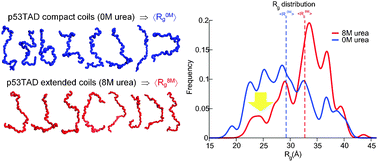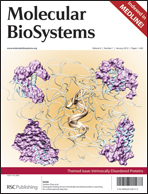*
Corresponding authors
a
Department of Cell Biology, Microbiology, and Molecular Biology and the Center for Drug Discovery and Innovation, University of South Florida, 3720 Spectrum Blvd., Suite 321, Tampa, USA
b
Department of Physics, University of Idaho, Engineering and Physics Building, Rm. 333, Moscow, USA
E-mail:
ytreberg@uidaho.edu
c
Department of Biological Sciences, University of Idaho, Life Science Building, Rm. 252, Moscow, USA
d
Department of Physics, University of South Florida, 4202 East Fowler Ave, Physics Building, Rm. 114, Tampa, USA
e
Department of Chemistry, Washington State University, Fulmer Hall, B3, Pullman, USA
f
IMR – CNRS, UPR3243, 31 Chemin Joseph Aiguier, 13402 Marseille Cedex 20, France
E-mail:
veronique.brechot@ibsm.cnrs-mrs.fr


 Please wait while we load your content...
Please wait while we load your content...